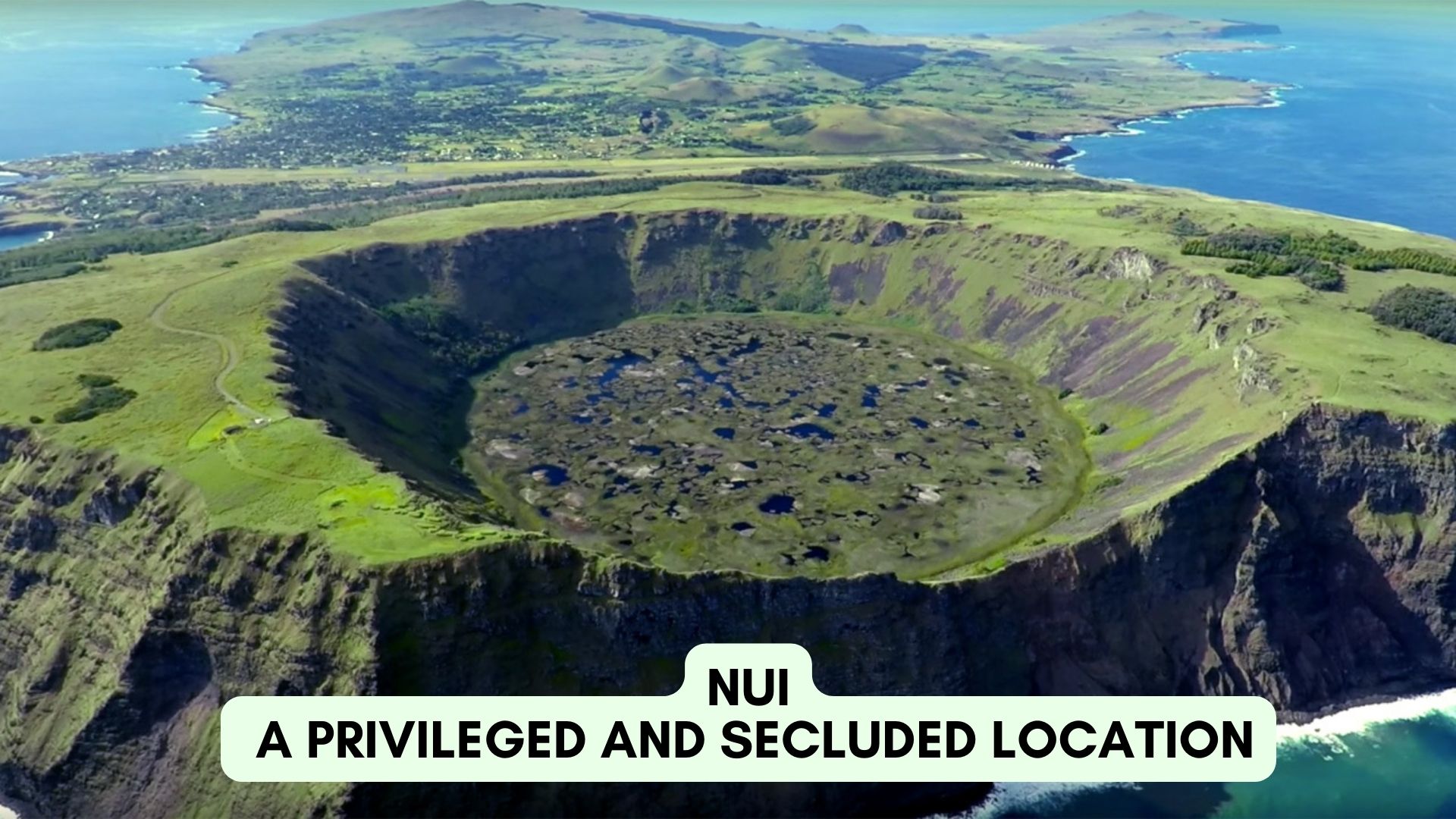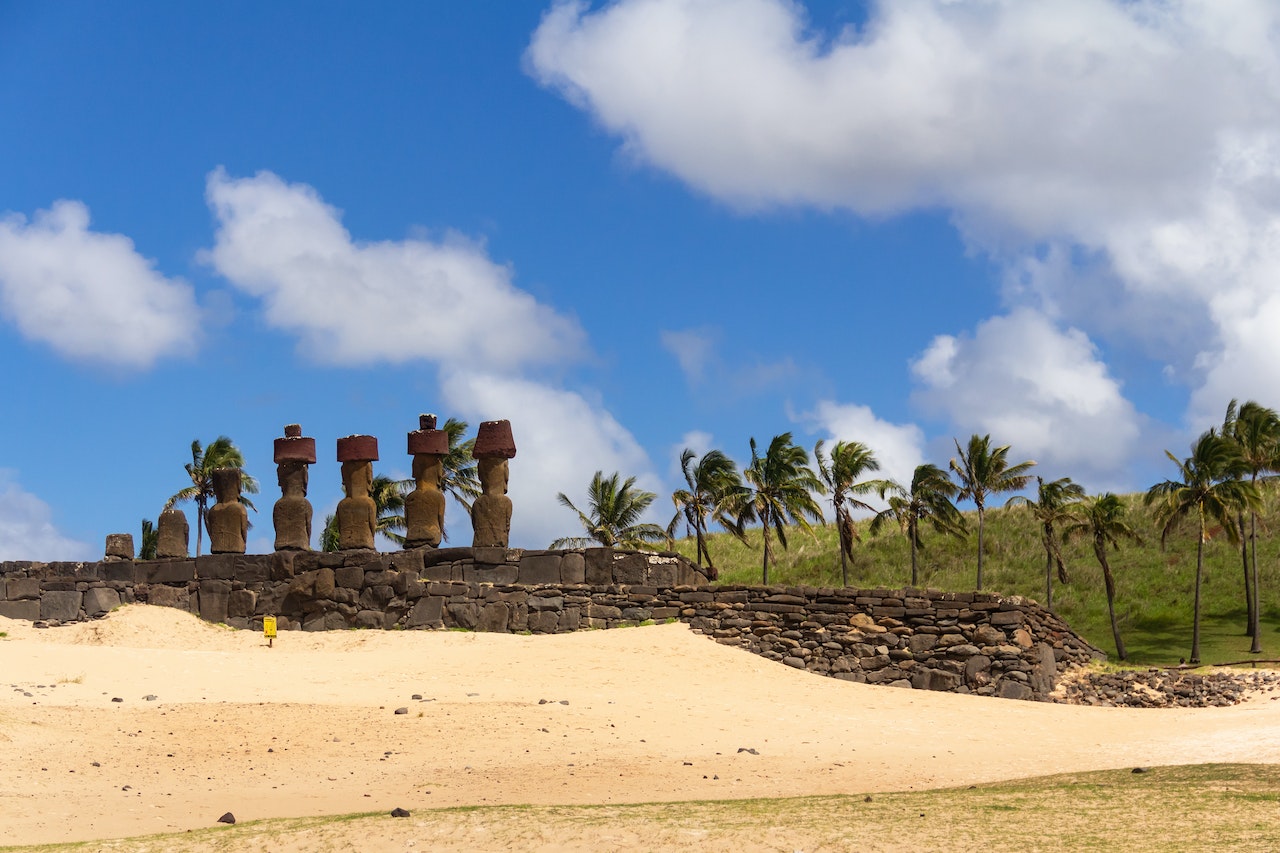Nui - A Privileged And Secluded Location
One of the nine districts that make up the Pacific Ocean nation of Tuvalu includes an atoll called Nui. It has 610 residents and a land area of 3.37 km2 (2017 Census). The Tekaubaonga, Tekaunimala, and Tekaunibiti families make up the three family circles that traditionally make up Nuian culture. Most people reside on the western side of Fenua Tapu. According to the 2022 census, there are 321 people living in Manutalake-Meang and 421 people living in Alamoni-Maiaki (Tanrake).
Author:Jane RestureSep 30, 202259.9K Shares799.9K Views

One of the nine districts that make up the Pacific Ocean nation of Tuvaluincludes an atoll called Nui. It has 610 residents and a land area of 3.37 km2 (2017 Census).
The Tekaubaonga, Tekaunimala, and Tekaunibiti families make up the three family circles that traditionally make up Nuian culture. Most people reside on the western side of Fenua Tapu. According to the 2022 census, there are 321 people living in Manutalake-Meang and 421 people living in Alamoni-Maiaki (Tanrake).
Nui Island History
Isla de Jess (Spanish for "Island of Jesus") was the name given to the island by the Spanish sailor Lvaro de Mendaa, who made the first European sighting of it on January 16, 1568, the day after the feast of the Holy Name.
Mendaa discovered the island was populated, and five boats approached his ship almost within bow shot when its passengers lifted their paddles and sped away while shouting. Mendaa then gave the order to send them messages using a white cloth in an effort to convince them to turn around, but they instead landed and left signals along the coast.
One of the ships lit up at night. A fire duplicated it, and when it was put out, the fire was extinguished as well. The Mendaa's pilot, Hernán Gallego, describes the people as "naked and mulattoes," while the expedition's cosmographer, Pedro Sarmiento de Gamboa, noted that the island "had a rich fishery."
Mendaa kept the ships sailing all night and decided to wait until daylight to land because it was already late. But around sunrise, a strong storm came from the west, and even though they worked hard all day to retake the island, they had to give up in the end.
On the morning of June 14, 1825, a Dutch expedition (the frigate Maria Reijgersbergen) discovered Nui, and the main island (Fenua Tapu) was given the name Nederlandsch Eiland (Dutch Island). It has also been referred to as the "Egg" or the "Netherland Island."
Nui Island Population
However, Micronesians from the Gilbert Islands largely colonized Nui in ancient times (now Kiribati). English is widely spoken and taught in schools. The Church of Tuvalu, which used to be called the Ellice Islands Protestant Church, is the largest religious group in the country.
The majority of people reside in extended family homes in communities on the outer islands, but Funafuti, the administrative and commercial hub, is home to around one-third of the population.
Family planning has halted population growth; the average life expectancy at birth is currently 60 years. About 10% of the people live outside of Naurubecause they want to go to school, work in the phosphate industry, or serve on commercial ships.
What Makes Nui So Special?
Nui is one of the world's tiniest countries and one of the biggest elevated coral atolls, a Pacific island paradise unlike any other. In Nui, it's common for total strangers to wave to one another constantly. It is a location where nature is undamaged. And everything has returned to "the way it was." Come and take in the beauty of tiny island.
A Homely Location
You'll come as a visitor and depart as a friend, feeling truly at home and even making plans for your next trip back.
Water That Is Transparent
The water purity will wow you whether you're diving, snorkeling, or just enjoying the ocean while sipping a refreshing beverage.
Enjoy The Amenities Nui Lacks
Come and experience a unique world, which lacks crowds, lines, traffic lights, and the pace of life that many people long for.
People Also Ask
Where Is The Island Of Nui?
One of the nine districts that make up the Pacific Ocean nation of Tuvalu includes an atoll called Nui.
Who Is The Area Of Nui Island?
3.37 km2 makes up Nui Island (1.30 sq mi).
When Was Nui Island Discovered?
On June 14, 1825, in the early morning, a Dutch expedition found Nui and named the main island, Fenua Tapu, Nederlandsch Eiland.
Conclusion
Designated as a Dark Sky Place is Nui. The International Dark-Sky Association (IDA) has officially recognized the entire island as an International Dark Sky Sanctuary and International Dark Sky Community, providing the entire nation with protection and respect for the night sky and designating it as a "dark sky nation."

Jane Resture
Author
Since she embarked on her first world trip in 2002, Jane Resture spent the past decades sharing her personal journey and travel tips with people around the world. She has traveled to over 80 countries and territories, where she experienced other cultures, wildlife she had only read about in books, new foods, new people, and new amazing experiences.
Jane believes that travel is for everyone and it helps us learn about ourselves and the world around us. Her goal is to help more people from more backgrounds experience the joy of exploration because she trusts that travel opens the door to the greatest, most unforgettable experiences life can offer and this builds a kinder, more inclusive, more open-minded world.
Latest Articles
Popular Articles
